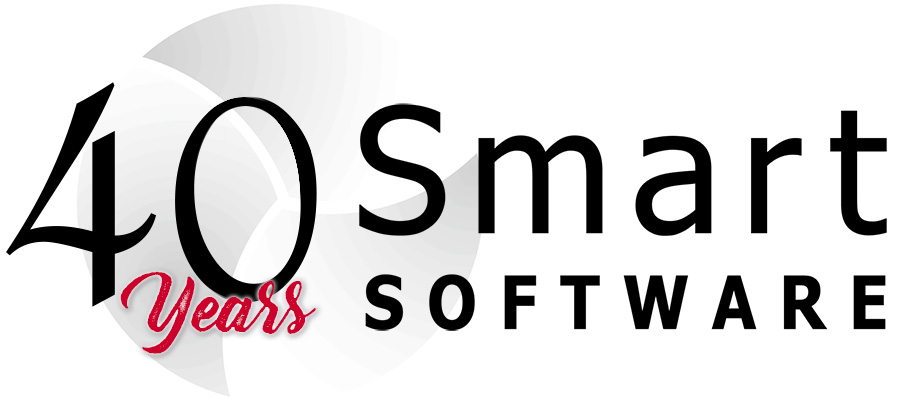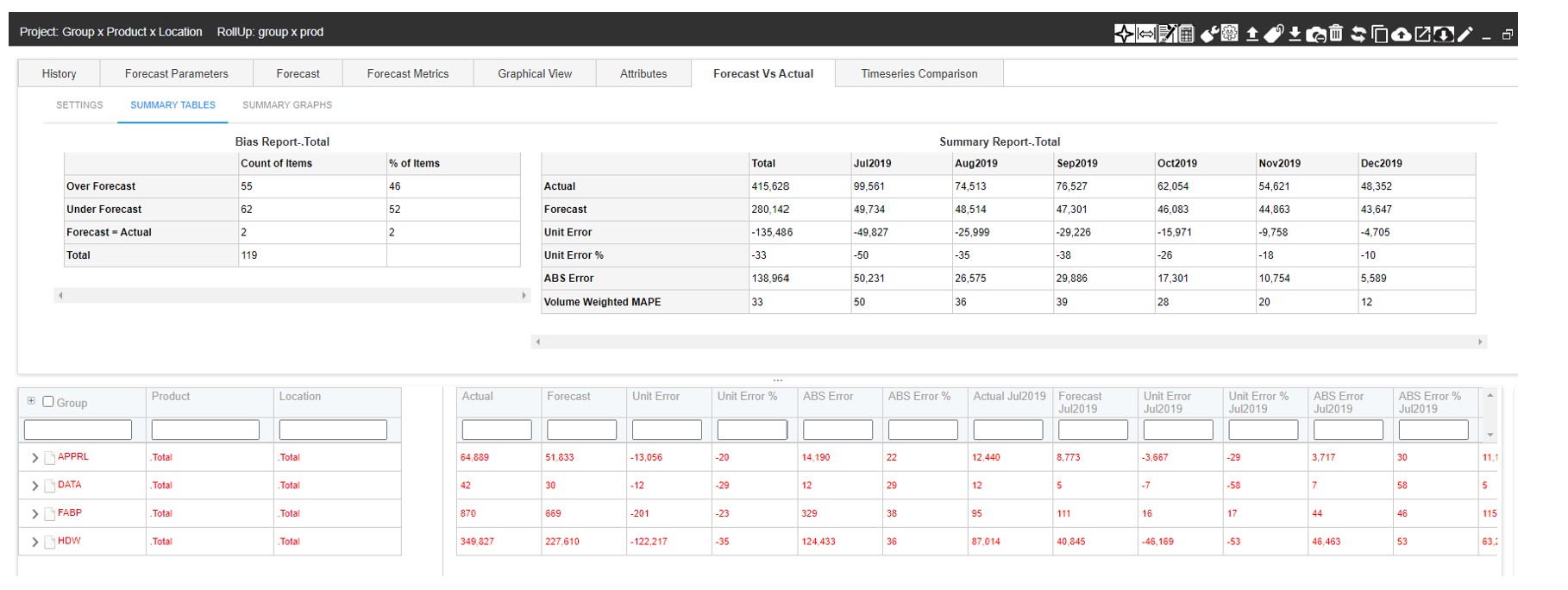40 years of Innovation for Demand Forecasting, Inventory Planning, and Supply Chain Analytics
Belmont, MA, June 1, 2021 – Today marks the 40th anniversary for Smart Software, a leading innovator of demand planning, statistical forecasting, inventory management, and supply chain analytics software.
Company CEO, Greg Hartunian remarked “Our success is built on continuous innovation. Our mission follows the path that our founders initiated 40 years ago; we provide cutting-edge analytical solutions that help our customers maximize sales and minimize waste. We are enormously grateful to our customers who have given us their support, confidence, and trust. Thank you to our partner community of resellers and consultants who have mobilized our growth and shared their expertise with us. We are also indebted to our many employees, past and present, local and abroad, whose creativity and dedication have produced systems that are benefitting so many great companies worldwide.”
Smart, Hartunian, and Willemain was incorporated in June 1981 by Charles Smart, Nelson Hartunian, and Thomas Willemain, our visionary founders. The firm later incorporated as Smart Software, Inc in 1984 reflecting their shift from boutique consultancy to software. Over the years, their pioneering work produced the first-ever automatic statistical forecasting system for the personal computer, a patented APICS award-winning method for intermittent demand planning, and most recently a cloud-native probabilistic forecasting platform. All have produced major inventory cost reductions and service level improvements for our customers. To learn more about Smart Software’s roots and journey, please click here:
Smart Software Company History
“Smart gives us good information to work with. The service level planning method has led to productive conversations between sales and supply chain and given us a common ground from which we base our discussions. People are feeling comfortable with numbers, and through our S&OP process we’ve been able to create buy-in across the company.”
Rod Cardenas – Purchasing Manager, Forum Energy
“It was deployed as part of our implementation of a new centralized distribution model and highlighted significant blind spots in the original project plan. The accurate forecasts of stocking levels and SKU count provided fact-based data that allowed us to strategically phase the consolidation effort where warehouse space was at a premium.”
Eric Nelson – CPA, CMA. Manager, Parts Supply and Logistics. BC Transit
“Its easy for us to give suppliers information they never had before. Our suppliers can plan their production and work with their suppliers. That visibility has been invaluable. That’s where the real payoff will come. Not just reducing inventory or saving time on people managing the inventory but being more responsive to customers’ needs. To me, that’s the overarching benefit of this software.”
Bud Schultz – Vice President of Finance NKK Switches
SmartForecasts and Smart IP&O have registered trademarks of Smart Software, Inc. All other trademarks are their respective owners’ property.
For more information, please contact Smart Software, Inc., Four Hill Road, Belmont, MA 02478.
Phone: 1-800-SMART-99 (800-762-7899); FAX: 1-617-489-2748; E-mail: info@smartcorp.com




















